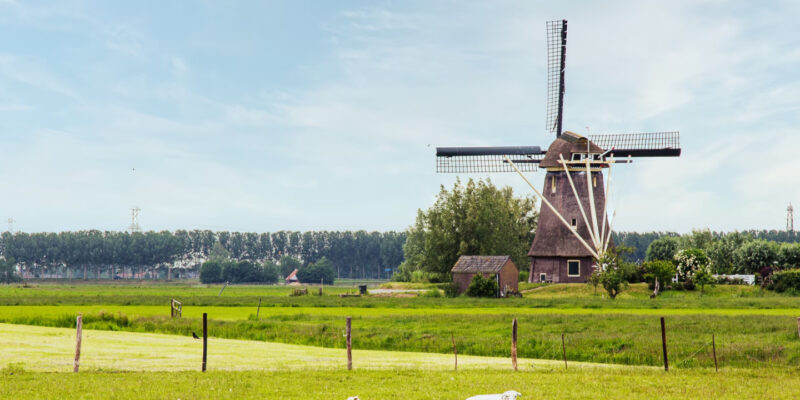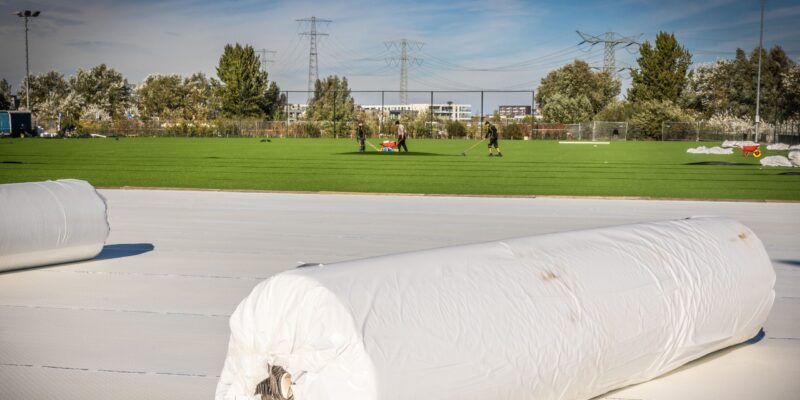Buying circular solar panels: ‘It doesn’t have to be more expensive’
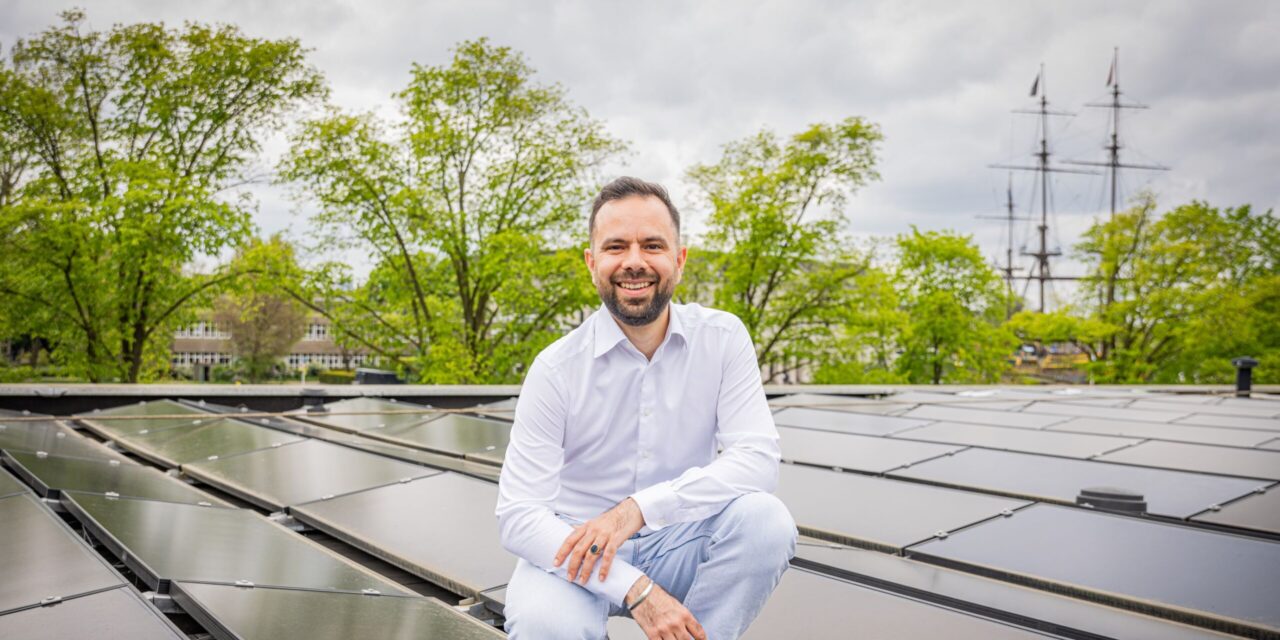
We aim to be fully climate-neutral and circular in the Netherlands by 2050. In a circular economy, we make efficient and smart use of raw materials and products, whereby the importance of sustainable and circular solar solutions is also becoming increasingly important. We spoke to Lukas Sloet, project manager for solar energy at the City of Amsterdam, about the development of sustainable and circular solar panels, inspiring projects, innovations and the challenges.
What are the developments in sustainable and circular solar panels?
We see a lot of initiatives within the City of Amsterdam, but also in the Netherlands. The knowledge and learnings from these initiatives have been pooled and brought together by the Sustainable Solar Panels buyer group, of which the City of Amsterdam is also part. The buyer group has produced several reports focusing on projects larger than 100 panels. One of these documents is a tender template, which allows contracting parties to prepare their own tender based on sustainable criteria. There is also a general guide for setting up tenders and a market scan of sustainable solar panels, focused on ranking for sustainability. More information and publications can be found on the Circular Manufacturing Industry website: Buyer Group Sustainable Solar Panels (NL). Here, an explicit differentiation is made between sustainable and circular solar panels.
How do you look at circularity?
Looking at the development of circular solar panels, we differentiate between two steps:
Step 1: life extension – We aim to keep solar panels on roofs for as long as possible. We often see them being replaced within five to 10 years. Research by the Sustainable Solar Panels buyer group found that the CO2 payback period is only achieved after more than ten years, which argues for extending the lifetime of solar panels.
Step 2: Encourage re-use – The aim of this is to prevent solar panels from being thrown away and instead given a second life. Hopefully, by the end of their lifespan, a good way to recycle them in a high-quality manner will then have been developed. We also support Projects in which fully recyclable panels are designed, so that when people would still opt for new panels, fully recyclable solar panels can be chosen.
We also pay attention to sustainability aspects, such as carbon emissions, the materials used and the expected lifespan. The lifespan can vary from five to as much as twenty-five years plus, depending on the supplier. In the City of Amsterdam, we want to improve these aspects, as well as setting up subsidy schemes.
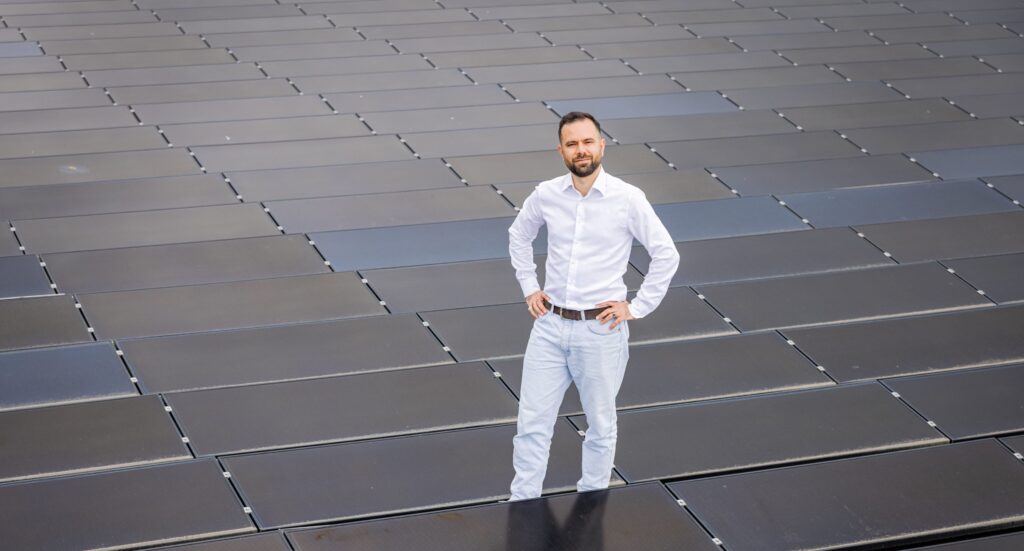
How do we deal with old solar panels?
Many initiatives and projects are currently running to make solar panels circular. The aluminium frame can be reused, but among other things the solar glass, which is of the highest quality, and the solar cells are more difficult to reuse. This is because of the way the cells and solar glass are glued together. These parts therefore end up in the waste incinerator. When buying new solar panels that are (partly) circularly designed, the choice is still limited. Nevertheless, it is possible to set circular requirements in tenders, both when it comes to buying solar panels that are circularly designed and when buying used solar panels.
How is this being handled in Europe?
We are collaborating with the buyer group at the European level. Recently, the Community of Public Buyers for Sustainable Solar PV was launched. Its aim is to create a European template for purchasing circular and sustainable solar panels, by combining knowledge and learning from each other. As the Netherlands is at the forefront of developments in this field, the Dutch template and buyer group is leading the way.
Do you have any examples of projects in the Netherlands?
We see lots of initiatives and projects developing. A great example is the project at the Marineterrein in Amsterdam, where 900 solar panels were installed that were previously on a company roof. These solar panels, including mounting equipment and inverters, were given a new life on the roof of the Marineterrein. This is a project of the ZonNext foundation, a platform that supports individuals in using circular solar panels and acts as a marketplace for second-hand panels.
An example of cooperation is the joint initiative of the G5 cities (Amsterdam, Rotterdam, The Hague, Utrecht and Eindhoven) to set up a circular chain for solar panel reuse. In cooperation with CircuLaw, an analysis of current laws and regulations is being carried out to determine how existing legislation can be used to make solar panels more circular. Regulations can sometimes be seen as a barrier, but the aim of this analysis is to precisely find ways to support and encourage people to act in a more circular way. This analysis is currently under development and is expected to be delivered in autumn 2024.
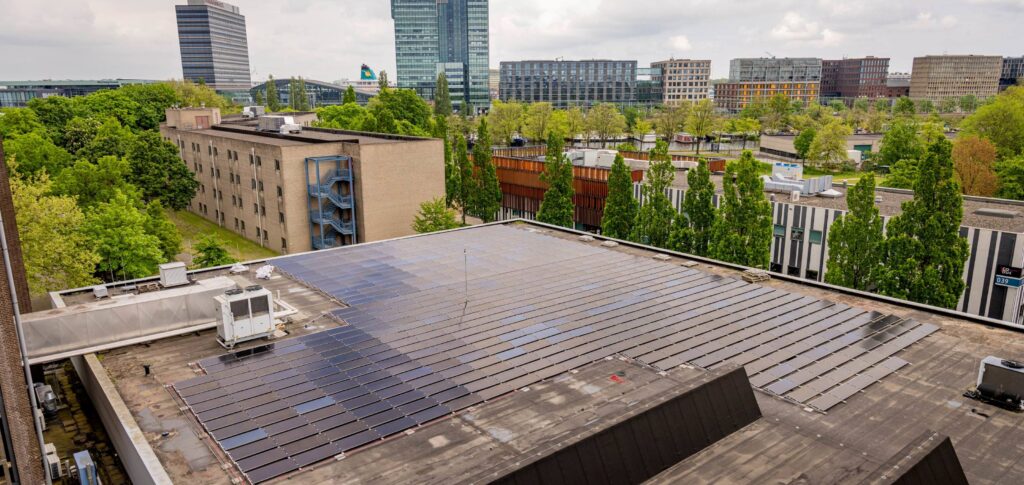
How do you ensure that everyone starts applying this in the organisation?
At the City of Amsterdam, we recently introduced a new sustainable procurement policy. This policy sets sustainable procurement as the standard, with exceptions only when there are valid reasons. This clear guideline has supported buyers tremendously. It is important that this policy is implemented in procurement processes. The aim is for it to be a requirement that everyone within the municipality follows this new policy.
Do you have any tips for buyers?
Don’t be guided by cost. There are already many sustainable and circular options currently available that do not have to be more expensive. This makes it possible to make responsible choices with the same budget. Do your research properly and use the practical tools from the buyer group, which you can find here (NL).
What challenges do you see?
Circular and sustainable procurement remains a challenge because people are used to doing things in a certain way. Adapting is then often seen as requiring more time and work. Therefore, always engage in a conversation and spread the knowledge that many other options are already available.
Always start the conversation and spread the knowledge that many other options are already available.
Lukas Sloet
Another challenge I see is the storage of the reusable panels. We have currently found a large storage warehouse in Amsterdam, where materials can be stored. We see that released, used panels need to be stored for a while before they can be reused at another location. This does require space, as a circular economy needs 40% more space than a linear economy. We need to think about this carefully, so that is does not need to be a problem in the longer term.
And looking further ahead, how do you see the future?
Many different initiatives are currently running, and with time we will learn from them. In the long term, it is therefore very important to collaborate at both national and European level. As a municipality, we are currently fulfilling a driving role, given the many initiatives we are implementing and supporting. In doing so, we want to set an example and hope to inspire others to follow our example and initiate change.
